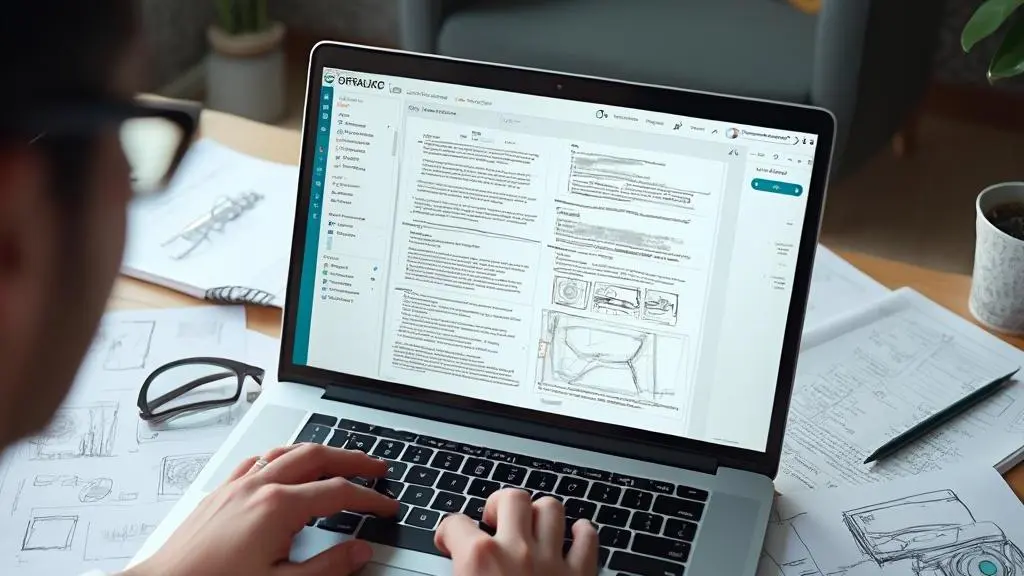Web design is a critical aspect of building an online presence. It involves creating visually appealing and functional websites that engage users and drive conversions. This process encompasses various elements, from visual aesthetics to user experience, ensuring that the website meets the needs of its audience effectively.
Understanding User Experience UX
User Experience (UX) is the cornerstone of effective web design. It focuses on how users interact with a website, ensuring that the navigation is intuitive and the content is easily accessible. A well-designed UX can significantly improve user satisfaction and engagement. Key elements of UX include:
- Usability: The website should be easy to use and navigate.
- Accessibility: Ensuring the website is accessible to all users, including those with disabilities.
- User-Centered Design: Designing with the user’s needs and preferences in mind.
Usability involves creating clear and straightforward paths for users to follow. Navigation should be logical and consistent, allowing users to find what they need quickly. A confusing layout can lead to frustration and a high bounce rate. Accessibility is crucial for ensuring that all users, regardless of their abilities, can use the website effectively. This includes providing text alternatives for non-text content, captions for multimedia, and ensuring that the website can be navigated using a keyboard. User-centered design prioritizes the user’s needs and preferences. This approach involves understanding the target audience and tailoring the design to meet their expectations. Regular user testing and feedback are essential for refining the design and improving the overall experience. For a deeper dive into accessibility, refer to the detailed guide on accessibility best practices. These principles set the stage for the next chapter on responsive design, which ensures that websites function well across all devices.
Responsive Design Fundamentals
Responsive design ensures that websites look good and function well on all devices, from desktops to smartphones. This is crucial in today’s multi-device world. Key aspects of responsive design include:
- Flexible Grids: Layouts that adapt to different screen sizes. This involves using relative units like percentages instead of fixed units like pixels. Flexible grids ensure that the layout adjusts seamlessly across various devices.
- Flexible Images: Images that scale up or down to fit the screen. This is achieved using CSS properties that allow images to resize according to the viewport dimensions, maintaining aspect ratios and preventing distortion.
- Media Queries: CSS techniques that apply different styles based on the device’s characteristics. Media queries detect the screen size, orientation, and resolution, applying the appropriate styles to ensure optimal display.
Siam Naulak, with over 15 years of experience in web design, emphasizes the importance of responsive design in creating a seamless user experience. For more insights, visit our blog.
Design Principles for Effective Web Design
Effective web design relies on several key principles that guide the creation of visually appealing and functional websites. These principles include:
- Visual Hierarchy: Organizing content to guide the user’s attention. Effective visual hierarchy ensures that users can quickly find what they need. This involves using size, color, and placement to differentiate important elements from less important ones. For instance, larger fonts and contrasting colors can draw attention to key information.
- Typography: Choosing and using fonts that enhance readability and aesthetics. Typography plays a crucial role in web design. Legible fonts improve the user experience, while stylish fonts can enhance the site’s personality. It’s essential to use a consistent font family and size throughout the site to maintain a professional look. Contact Naulak Web Design to learn more about choosing the right typography for your website.
- Color Theory: Using colors that complement each other and convey the right mood. Colors can evoke emotions and set the tone for a website. A well-thought-out color scheme can make a site feel cohesive and visually appealing. Using complementary colors and avoiding clashing hues ensures a pleasant viewing experience.
Naulak Web Design specializes in Church website design, applying these principles to create engaging and meaningful online experiences for Church communities.
Tools and Technologies for Web Design
Choosing the right tools and technologies is essential for efficient and effective web design. Popular platforms include:
- Content Management Systems (CMS): Versatile systems suitable for various types of websites. They allow users to create, manage, and modify content without needing to know how to code. These systems are known for their flexibility and extensibility, supporting a wide range of plugins and themes.
A deep understanding of these platforms is crucial for developing tailored solutions. Expertise in publicity management and strategy execution helps in making a significant online presence. For instance, creating a compelling Church media plan involves understanding the community’s needs and designing a website that resonates with them. Effective use of these tools can greatly enhance online visibility. Read more about effective Church media planning to understand the strategic approach.
Final words
Mastering web design involves a holistic approach that combines user experience, responsive design, and effective design principles. By leveraging the right tools and technologies, you can create impactful websites that engage users and achieve your goals. Whether you’re designing a Church website or any other type of site, the expertise of professionals like Naulak Web Design can make a significant difference in your online presence.










Leave a Reply